No products in the cart.
American Hop Hornbeam (Ostrya Virginiana) – 3 Pack Of 1.5 Quart Pots
$59.97 Original price was: $59.97.$41.98Current price is: $41.98.
SKU: D2LSC 9451604991 Categories: PLANTS & TREES, TREES
- The quality you expect, the service you deserve.
- Where quality meets convenience.
- Shop with Zero Worries
- Service with a smile, always online.

American Hop Hornbeam
Ostrya virginiana
Other Common Names: American Hop-hornbeam, Eastern Hop Hornbeam, Hop Hornbeam, Hop Horn Beam, Ironwood, Leverwood, Wooly Hop Hornbeam
Plant Details
USDA Plant Hardiness Zones: 3a-9b Find Your Zone
Plant Type: Deciduous Tree
Height at Maturity: 25-40′, depending on pruning
Width at Maturity: 20-30′, depending on pruning
Spacing: 35’+ for space between plants
Growth Habit / Form: Upright, Rounded
Growth Rate: Moderate
Flower Color: Yellow and Copper
Flower Size: 2-3″ catkin
Flowering Period: Spring
Flower Type: Catkin
Fragrant Flowers: No
Foliage Color: Dark Green, Golden-Yellow in Fall
Fragrant Foliage: No
Fruit: Yes, Seed Bearing Pods
Fruit Color: White to Buff
Sun Needs: Full Sun to Deep Shade!
Water Needs: Average, low when established
Soil Type: Clay, Loam, Sandy, Silt
Soil Moisture / Drainage: Moist But Well-Drained, drought tolerant when established
Soil pH: 4.5-8.0 (Acid to Alkaline)
Maintenance / Care: Very Low
Attracts: Birds, Butterflies, Visual Attention
Resistances: Clay Soil, Deer, Disease, Heat, Humidity, Insects, Dense Shade
Description
Exceptionally versatile in the landscape, the American Hop Hornbeam is happy in full sun or full shade and grows well in all but constantly wet soils. This is a highly attractive North American native tree that anyone can grow, and almost anywhere in the United States (USDA Zones 3a-9b). A small to medium-sized understory tree with a rounded crown, Hop Hornbeam typically grows 25 to 40 feet tall with a slightly smaller spread. It features birch-like, oval to lance-shaped, serrated, dark green leaves that turn a pleasing golden- yellow in fall. The spring flowers (catkins) are not particularly showy, but following the flowers are very attractive drooping clusters of seed-bearing pods that look like hops, hence the name. These pods persist persist from summer through winter to feed many bird species and small mammals. Showy, reddish-brown shaggy bark provides interest in the landscape during winter. Hop Hornbeam is also called Ironwood because of its extremely hard and dense wood.
Wildlife Value
The American Hop Hornbeam is a host plant for Red-spotted Purple and Eastern Tiger Swallowtail butterflies. The nutlets produced from the flowers are eaten by songbirds, wild turkeys, quail, and small mammals.
Landscape & Garden Uses
Growing 25 to 40 feet tall and 20 to 30 feet wide, the American Hop Hornbeam is a small to medium size tree ideal for use as a specimen, in groupings or staggered or straight rows to line a drive or property line in full sun or dense shade! Also an excellent choice to frame taller homes and other structures or as an understory tree in shady woodland settings. A fine addition to native plant gardens, woodland shade gardens and wildlife gardens.
Suggested Spacing: 35 feet or more apart for space between plants
Growing Preferences
The American Hop Hornbeam is very easy to grow in most any moist but well drained soil and full sun to dense shade. It prefers a moist acidic soil rich in organic matter but also grows well in heavy clay soils. Best flowering comes with more sun. Little pruning is required but responds well to it for shaping purposes.
Plant Long & Prosper!
Meet The Wilson Brothers & Staff
Questions? Contact Us
Be the first to review “American Hop Hornbeam (Ostrya Virginiana) – 3 Pack Of 1.5 Quart Pots” Cancel reply
Related products
Sale!
PLANTS & TREES
Dwarf Golden Leaf Bamboo – Pleioblastus Viridistriatus ‘Chrysophyllus’ – 1 Gallon Pot
Sale!
Sale!
JAPANESE MAPLE TREES
Crimson Queen Dwarf Japanese Maple (High Graft Tree Form) – 2 Gallon Pot
Sale!
PLANTS & TREES
Sale!
FRUIT TREES & PLANTS
Sale!
PLANTS & TREES
Sale!
Sale!





















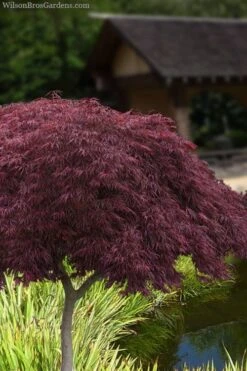
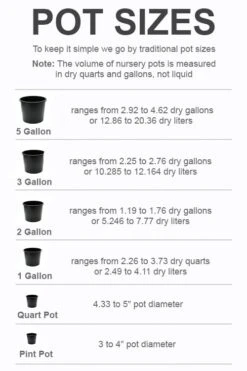



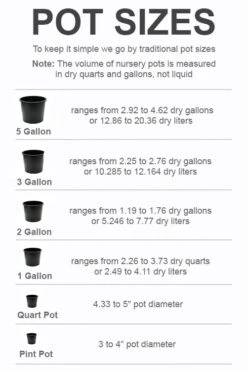
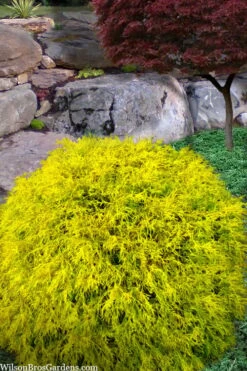
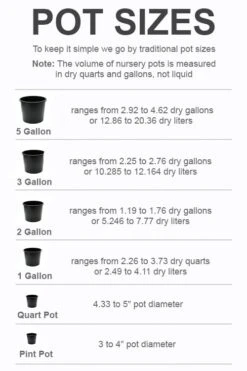


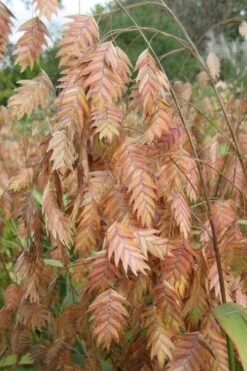

Reviews
There are no reviews yet.